> Protéines transmembranaires multi-passes et plate-formes technologiques 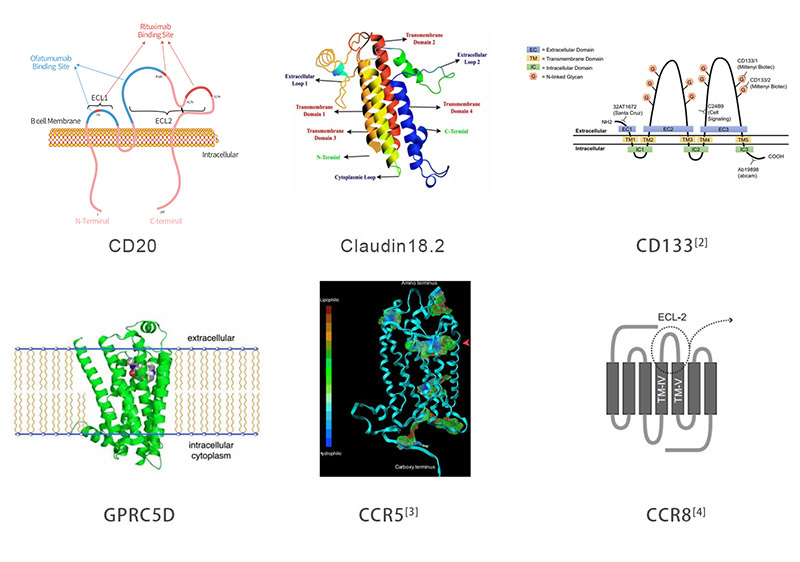
La plate-forme technologique VLP (Virus like particules, particules pseudo-virales) basée sur le système d'expression HEK293 est spécialement mise en place par ACROBiosystems pour exprimer les PT à la surface de la cellule hôte. La protéine d'enveloppe/capside virale transforme ensuite ces surfaces cellulaires en particules de bicouche lipidique soluble avec des protéines hautement concentrées utilisables pour la vaccination et le crible par les anticorps. Le complexe protéine membranaire-VLP affiche des PT multi-passes correctement repliées dans sa membrane cellulaire induisant et criblant des anticorps fonctionnels qui reconnaissent la conformation naturelle de la cible. En plus de fournir des PT multi-passes basées sur les VLP dans notre catalogue, ACRO fournit également des services personnalisés.
La région transmembranaire des PT multi-passes est hautement hydrophobe et il est difficile de maintenir la conformation correcte dans les tampons ordinaires une fois extraits de la membrane cellulaire. Ce problème peut être résolu par l'ajout de détergents. ACROBiosystems a mis en place une plate-forme complète pour l'expression, la purification et la stabilisation de cellules d'insectes et de cellules de mammifères pour les PT cibles de médicaments difficiles. ACRO effectue un criblage au détergent, y compris DDM/CHS (Cat. N° DC-11) pour augmenter la solubilité et assurer le repliement natif de cette protéine in vitro.
"Nanodisc" est une structure membranaire bicouche phospholipidique synthétique composée de protéines d'échafaudage membranaire (MSP) et de molécules phospholipidiques. Les PT peuvent être intégrées dans la structure spéciale du Nanodisc après élimination du détergent afin de maintenir son repliement natif, conserver son activité biologique et présenter une hydrophilie améliorée pour une large gamme d'applications. Par exemple, la formulation sans détergent des PT à base de Nanodisc est compatible avec les tests d'expression CAR. ACROBiosystems a effectué une optimisation et une amélioration continues du processus d'assemblage pour le rendre adapté à la production industrielle à grande échelle. Les efforts d'ACRO ont assuré un approvisionnement stable à long terme de produits PT basés sur Nanodisc pour l'industrie biopharmaceutique.
VLP
Micelle de détergent
Nanodisc
| Molecule | Cat. No. | Product Description | Application | Preorder/Order |
|---|
| Molecule | Cat. No. | Product Description | Application | Preorder/Order |
|---|
| Molecule | Cat. No. | Product Description | Application | Preorder/Order |
|---|
Les protocoles SPR suivants sont disponibles gratuitement.
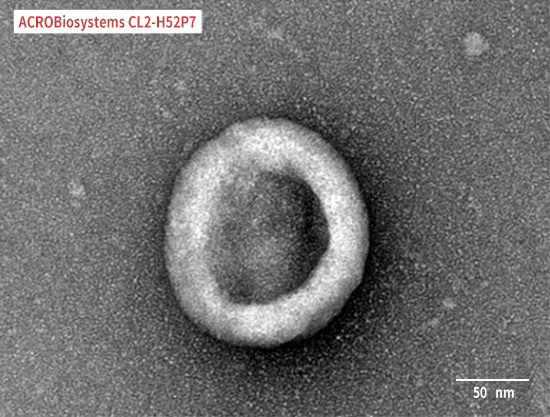
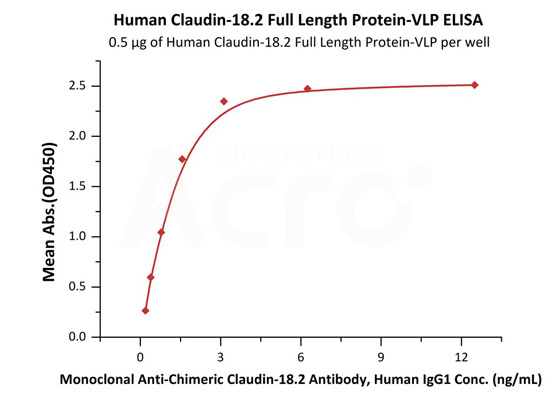
Immobilized Human Claudin-18.2 Full Length Protein-VLP (Cat. No. CL2-H52P7) at 5 μg/mL (100 μL/well) can bind Monoclonal Anti-Chimeric Claudin-18.2 Antibody, Human IgG1 with a linear range of 0.2-3 ng/mL (QC tested).
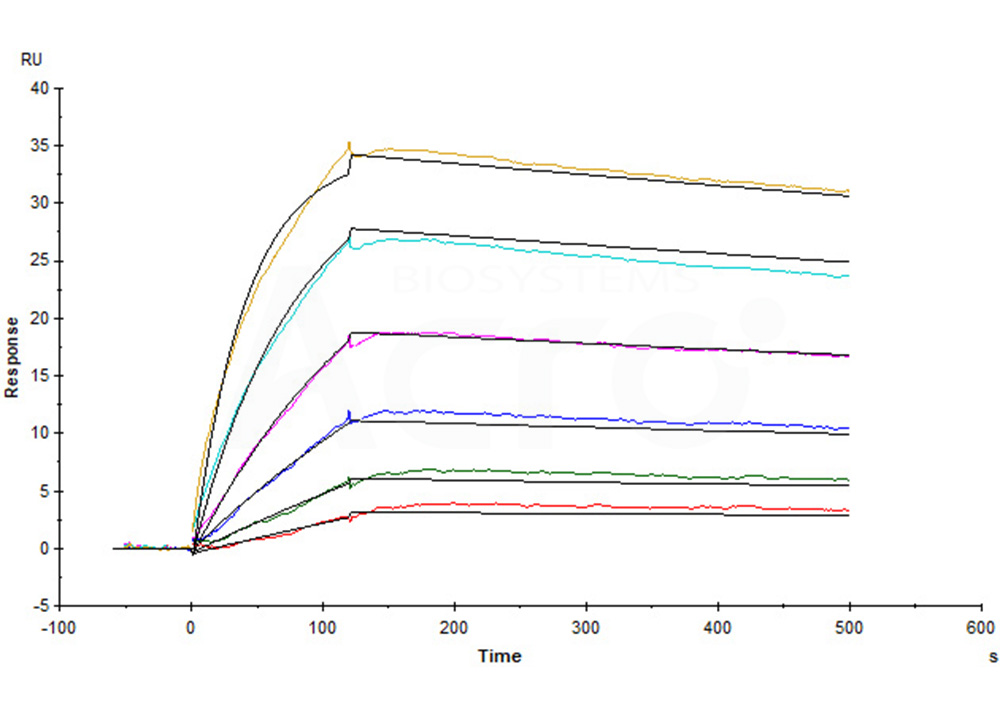
Human Claudin-18.2 Full Length Protein-VLP (Cat. No. CL2-H52P7) captured on CM5 Chip via Anti-Claudin-18.2 antibody can bind Anti-Claudin-18.2 antibody with an affinity constant of 0.374 nM as determined in a SPR assay (Biacore T200) (Routinely tested).
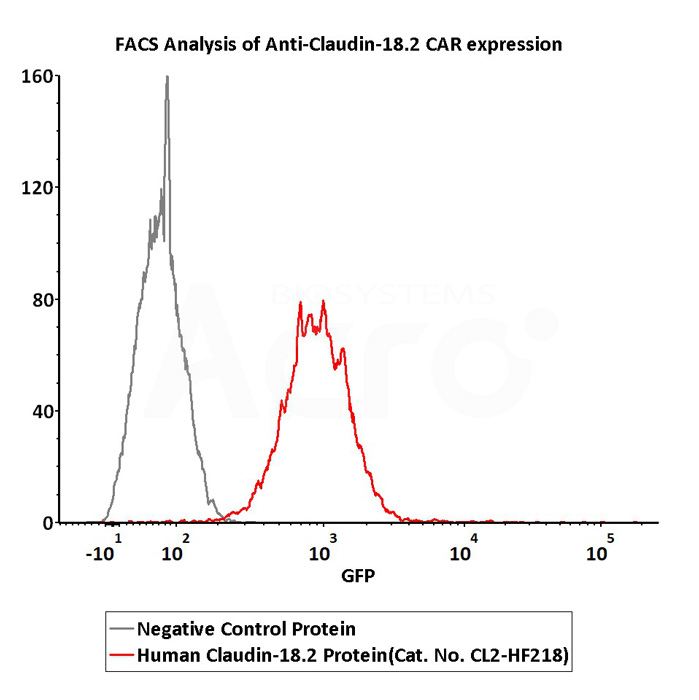
2e5 of Anti-Claudin-18.2 CAR-293 cells were stained with 100 μL of 3 μg/mL of Fluorescent Human Claudin-18.2 Full Length Protein-VLP (Cat. No.CL2-HF218) and negative control protein respectively, FITC signals was used to evaluate the binding activity (Routinely tested).
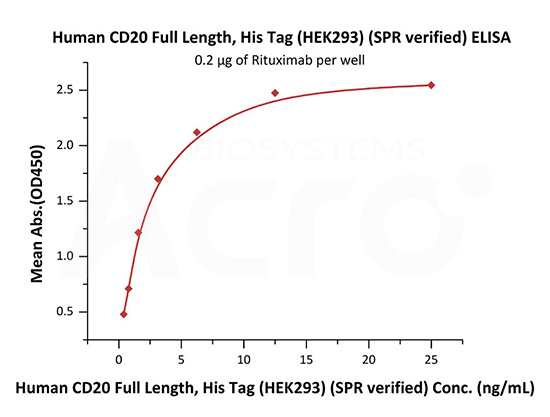
Immobilized RTX at 2 μg/mL (100 μL/well) can bind Human CD20 Full Length, His Tag, HEK293 (SPR verified) (Cat. No. CD0-H52H3) with a linear range of 0.4-3 ng/mL (in presence of DDM and CHS).
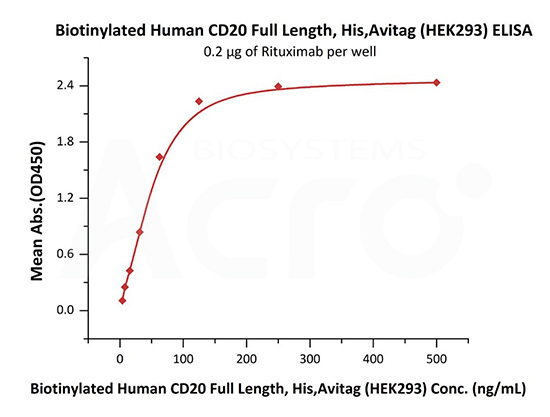
Immobilized RTX at 2 μg/mL (100 μL/well) can bind Biotinylated Human CD20 Full Length, His,Avitag (HEK293) (Cat. No. CD0-H82E5) with a linear range of 4-63 ng/mL (in presence of DDM and CHS).
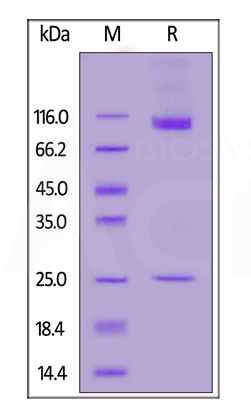
Human CD133 Full Length, His Tag (Nanodisc) ((Cat. No. CD3-H52H1))on SDS-PAGE under reducing (R) condition. The gel was stained overnight with Coomassie Blue. The purity of the protein is greater than 90%.
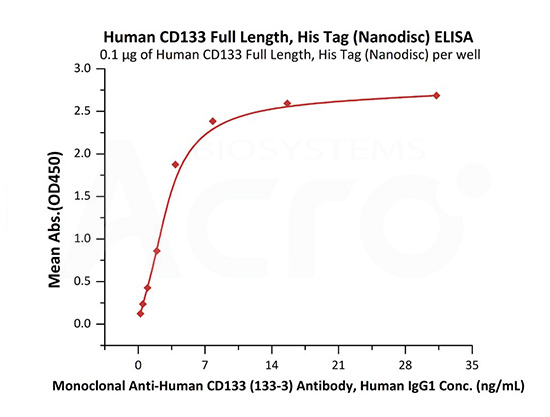
Immobilized Human CD133 Full Length, His Tag (Nanodisc) (Cat. No. CD3-H52H1) at 1 μg/mL (100 μL/well) can bind Monoclonal Anti-Human CD133 (133-3) Antibody, Human IgG1 with a linear range of 0.2-4 ng/mL (QC tested).

Authors: Lionel Rougé et al.
Journal: Science
Authors: Paige M. Glumac , Aaron M. LeBeau.
Journal: Glumac and LeBeau Clin Trans Med
Authors: Kenji Maeda, Debananda Das et al.
Journal: Journal of Biological Chemistry
Authors: Line Barington, Pia C. Rummel, et al.
Journal: Journal of Biological Chemistry
This web search service is supported by Google Inc.
